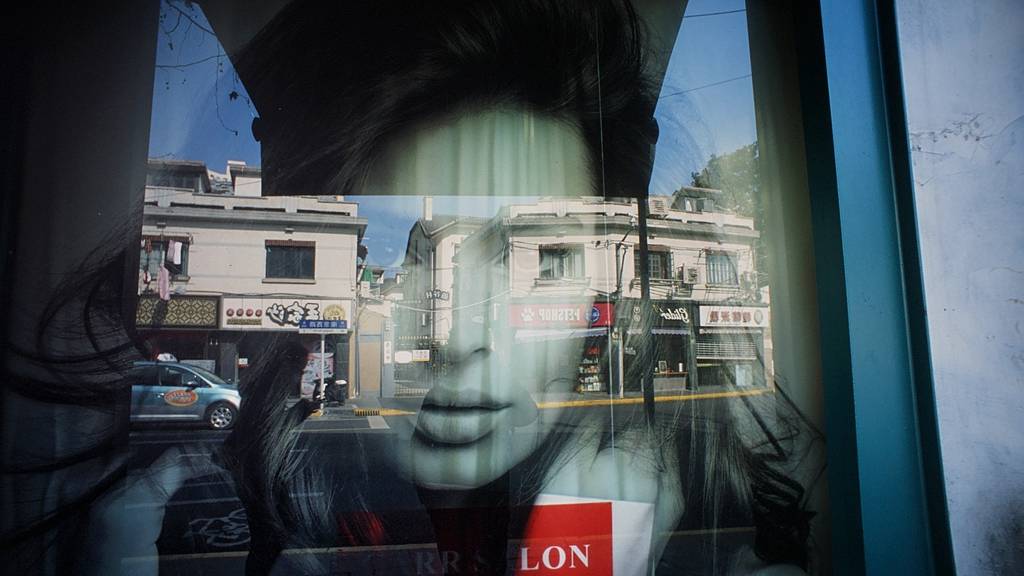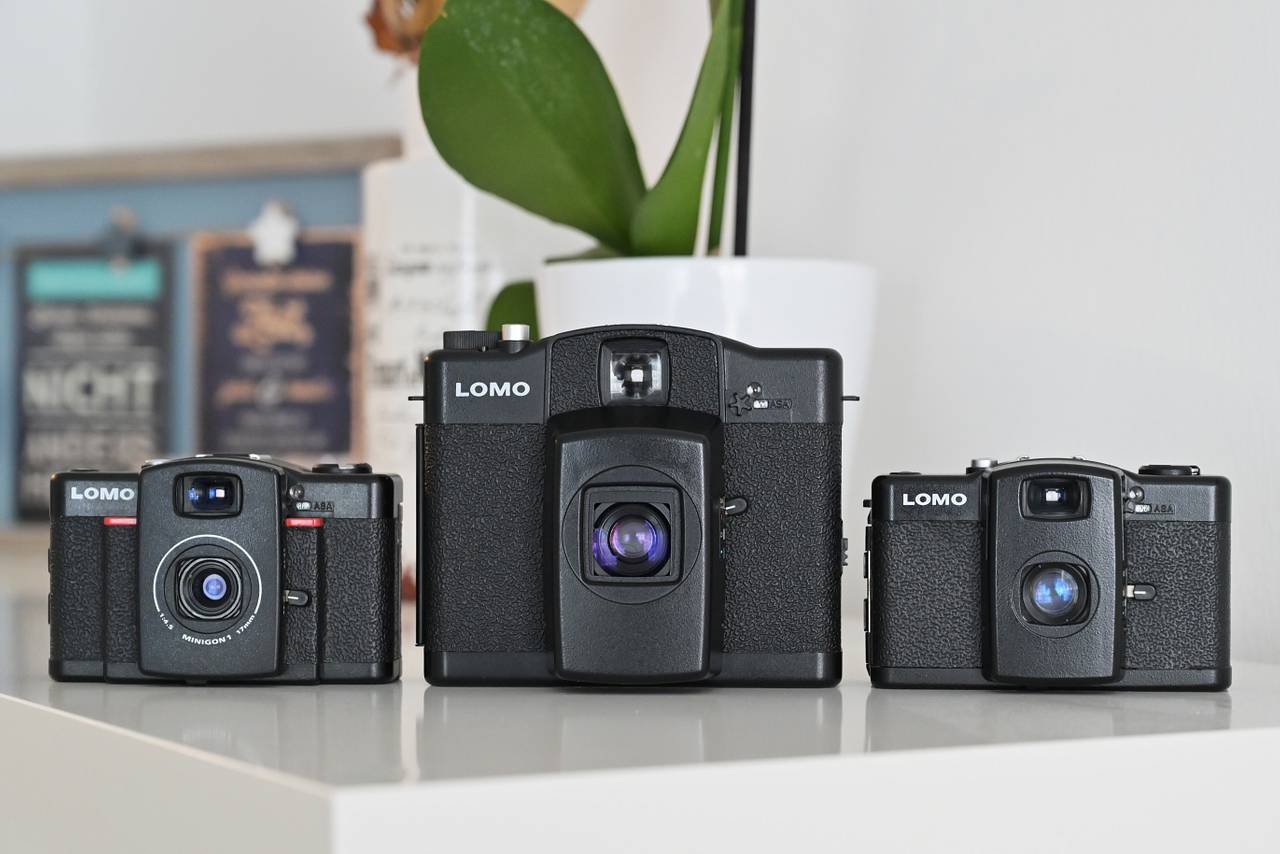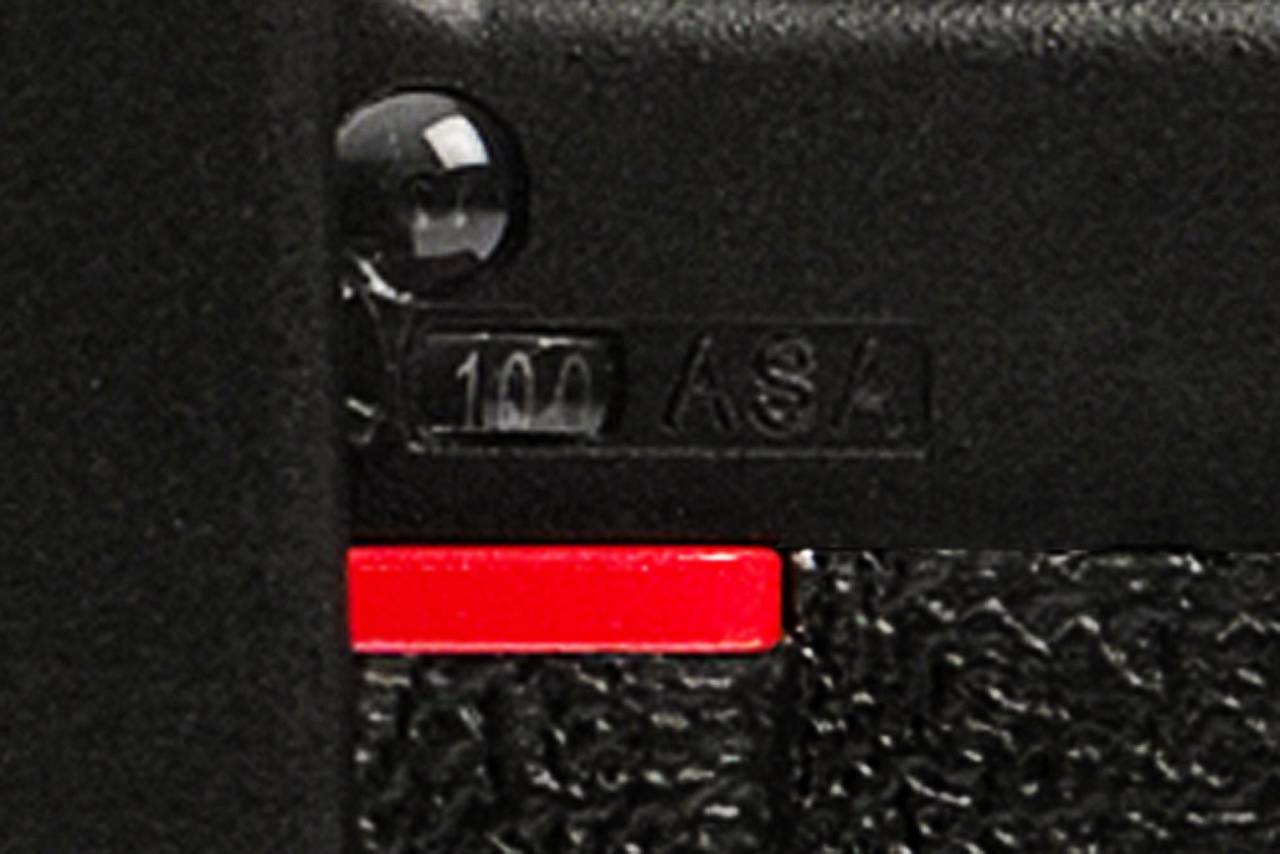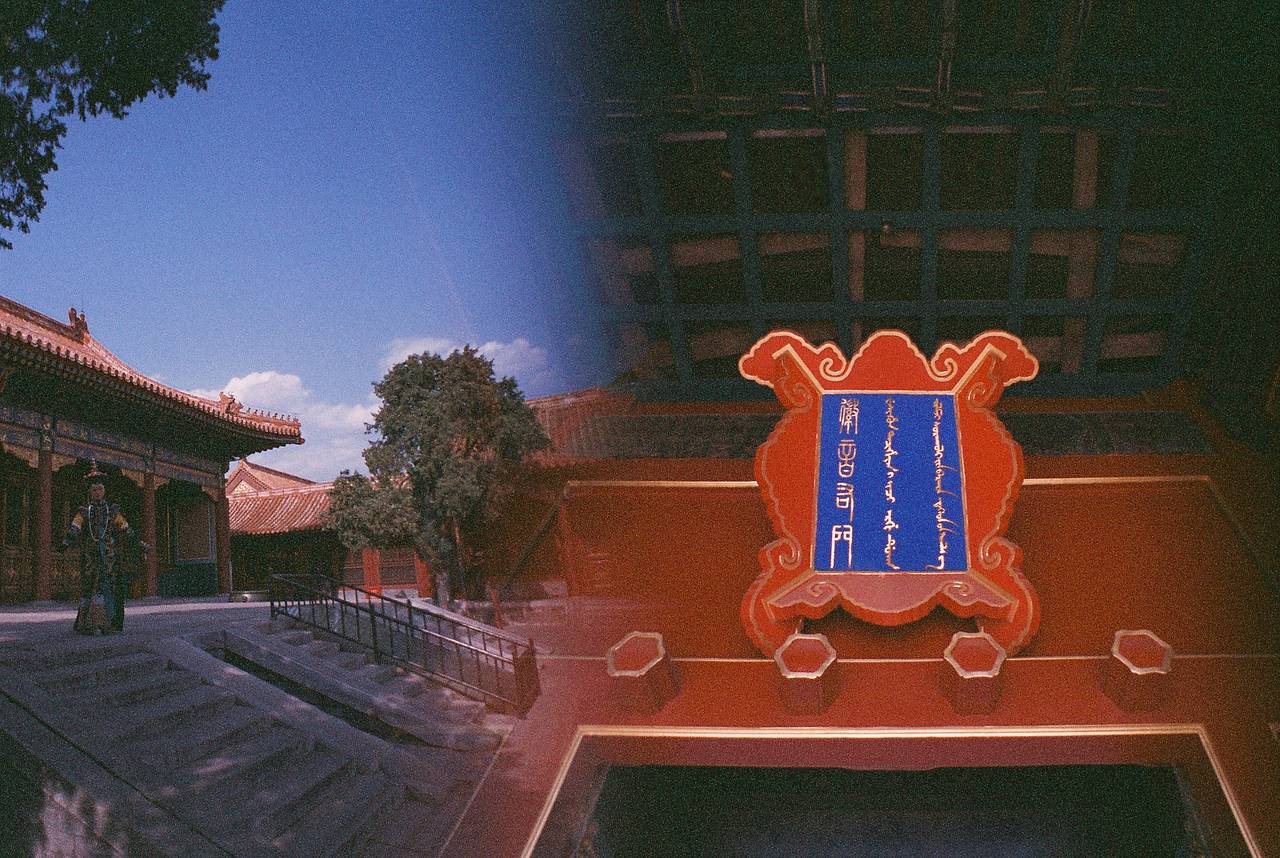Lomo LC-Wide 25th Anniversary Edition
Lomo LC-Wide 25th Anniversary Edition
- Celebrate a quarter of a century with this leather-clad Lomo LC-Wide
- Select between full, square or half-frame format shots at the flip of a switch
- Renders deep saturation, punchy contrast and shadowy vignettes
- Compact, pocket-sized and robust
- Special 17 mm Minigon 1 ultra-wide-angle lens
Out of stock
Highlights

Join the revolution. The Lomo LC-A stands for all things Lomography and unwittingly kickstarted the worldwide Lomographic movement.

Precise zone focussing lets you choose between two focal ranges with one nifty little lever.
The LC-Wide is for sure great for landscapes and architecture but you should also try some street photography or portraits! But always remember: GET CLOSE!
Mario Roth

Renders the ultimate analogue aesthetic with deep saturation, punchy contrast and shadowy vignettes.

Uses 35 mm film and there’s loads of that around. Check out our full, unique film range.

Shoots ultra-wide photos with the awesome 17 mm Minigon 1 ultra-wide-angle lens.
Its ability to shoot half and square frames makes it an even more versatile and truly inspiring camera to make pictures with.
J. Adam Huggins

Effortless multiple exposures with the cunning cable release and the infamous MX button.

Hold a piece of history in your hands. The Lomo LC-A cameras are based on a Russian classic and boast a load of new experimental features.

Expanded ISO settings allow you to pick your ISO anywhere from 100 to 1600 so you can shoot mind-blowing photos come day or night.

Closest focussing distance of 0.4 m so you can get up close and personal with your subject.
What I love most about the LC-Wide is the super-wide lens; I can shoot and fit in a whole lot more from my favourite angle which is low. Very low.
Wendy McCawe

Get flashy with it. Thanks to the hot shoe mount you can light up your shots with your favorite flashes.

Format frenzy! We know you see the world in all different shapes and sizes – that’s why the LC-Wide lets you choose from three different photo formats – flit between full, square or half-frame format shots at the flip of a switch.

Experiment with LC-Wide accessories including the Krab Underwater Housing and Ringflash.

Programmatic auto-exposure for perfectly lit photographs every time.
Story
To celebrate a quarter century of no rules, happy mistakes, and a whole lot of analogue love, this 25th Anniversary Edition Lomo LC-Wide features a unique, real leather design, and is complete with a special, embossed anniversary message to boot.
Go wiiiiiiide with this 35 mm film camera and produce unmistakable photographs bursting with life, deep saturation, punchy contrast and shadowy vignettes – just like the Lomo LC-A+ 35 mm Film Camera but you get to squeeze even more of this outrageous world into the frame with every shot.

Say hello to the ultra-talented Lomo LC-Wide 35 mm Film Camera. Featuring a specially designed 17 mm Minigon 1 Ultra-Wide-Angle lens, you can take every photo to extremes. Add a whole new dimension to your Lomographic shots with a choice of 3 different photo formats – shoot full, square and half-format on the same roll of film with ease. Add unlimited multiple exposures, auto-exposure settings, lightning-quick focusing and a tripod thread into the mix and you’re looking at a true analogue superstar.

History
The whole Lomographic phenomenon began on a sunny St. Petersburg morning back in the 80s. Two gentlemen examined a rather nifty little Japanese compact camera called the Cosina CX-2 and gave orders that an improved copy should be produced en masse for the Soviet people’s snapshooting pleasure. The Lomo LC-A was, in truth, a real (and rather cheeky) copy of the Cosina. It was the greater potential of its sharp glass lens, extremely high light sensitivity and robust casing that impressed the USSR Minister of Defense and the Director of the LOMO Factory. Hence with some tweaking here and there – the Lomo LC-A was born.
1981: The Japanese Cosina CX-2 is released.
1982: LOMO PLC completed the first working sample of the Lomo LC-A in St. Petersburg, the former USSR.
1984: The first Lomo LC-A series went into mass production. Initially, 1100 units were manufactured each month, solely for the Russian market. The Lomo LC-A quickly found its way into the hearts and pockets of the photograph-enthused Russians and after a short time was exported to then Communist countries such as Ukraine, Poland, Czechoslovakia and even Cuba.

1991: Weakened by flashy imports from Asia, the Lomo LC-A was out of production and available only at quirky, old-school camera shops. However, it was at an establishment such as this that a group of Austrian students discovered the Lomo LC-A in Prague, Czechoslovakia and their passion for relentless experimental shooting began. They wandered through the capital taking in the newfound Czech democracy.
1992: After seeing its incredible images, the demand on the streets for a Lomo LC-A camera exploded! Soon, the best sources (and worst-guarded security posts) of the former Eastern Bloc were employed for the clandestine import of these little wonders. The Lomographic Society was founded in Vienna, with the aim of spreading the message of Lomography throughout the globe. Exhibitions, parties, workshops and tours helped to expose as many willing participants as possible to the Lomographic lifestyle. The whole progression was more spontaneous and reactive than could have ever been predicted. There was one little problem with this gloriously expanding demand – an ever-diminishing supply of the Lomo LC-A. To find the solution, our intrepid “Wieners” journeyed to the horse’s mouth – the LOMO Optics factory of St. Petersburg. Relating the news of the worldwide Lomographic explosion, the Society members successfully convinced the LOMO factory heads to begin full production of the amazing Lomo LC-A once again – ensuring that all the hungry Lomographers across the world would be guaranteed a steady supply of this Russian analogue wonder.

1994: Disaster struck and all camera production at LOMO PLC was stopped. As only 30 employees were working on the Lomo LC-A, production of the camera was discontinued and the entire department was shut down. At exactly this point, just as the future of the LOMO PLC factory was more uncertain than ever and approximately 15,000 workers were forced to leave the company, a group of fresh-faced Lomographers went to Moscow to present an exhibition of their Lomographs.
1995–1997: The future of the Lomo LC-A was negotiated in St Petersburg. For the time being, LOMO PLC delivered 1,000 cameras each month to Austria. However, as the young Austrian business grew quickly and Lomographers demanded more cameras, the price per camera was suddenly raised by 50% in St Petersburg! This was due to the fact that the former Soviet Union split, energy prices rose and production as a whole significantly changed for Russian enterprises, which were now in the capitalist world. Tough negotiations followed and the Lomographers found themselves sat in front of the Vice-Mayor of St Petersburg – a chap named Vladimir Putin – who convinced the LOMO PLC officials to recalculate and finally in 1997 production of the Lomo LC-A was resumed.
2005: Early in the year, the Lomographic Society received some dire news. The LOMO Optical factory was to cease all production of the Lomo LC-A camera. As their overall production became more specific and high-tech, they could no longer support the small niche fabrication of a single (yet priceless) little camera. At first, the Lomographers were crushed by the news – but a plan soon came together. We would re-build a new Lomo camera incorporating both the beloved features of the original and a whole host of new tricks.
2006–2007: The Lomo LC-A+, an enhanced version of the original Lomo LC-A, is released. It bore all the characteristic qualities of its ancestor plus new awesome features to boot. This copy of a copy of a copy is now almost entirely produced in China.
2009: The Lomo LC-A’s first 25 years were wholeheartedly celebrated with the release of the LC-A+ 25th Anniversary and a South Korean-designed “No Nukes” limited editions as well as parties, projects, workshops and all manner of Lomographic happenings.
2010: Two limited editions were created – the LC-A+ White & the LC-A+ Gold. Also in this year, 10 groups of film-fanatics from around the world teamed up to join the great LC-A Race – a race from the four corners of the globe back to Lomography headquarters in Vienna, armed only with a GPS, a notebook and an LC-A+ camera.
2011–2014: Firstly, we unleashed the world’s widest compact camera, the Lomo LC-Wide; the latest innovation in the LC-A family. Featuring a newly developed 17 mm Minigon-1 Ultra-Wide-Angle lens. Then we went on to launch the LC-A+ Instant Camera turning the iconic LC-A+ and into an instant snap-shooting success.

2021: We celebrated 15 years of the LC-A+ with a host of analogue activity and film-filled offers. With other big manufacturers steadily halting production, the LC-A+ is now the only programmed automatic 35 mm analogue camera still being produced today. This legendary snapper continues to grow in stature and popularity due to its ability to render that legendary analogue aesthetic we all know and love.

A Family Affair
The Lomo LC-A Family grew to include some very prestigious additions including the LC-Wide and LC-A 120 as well as a roster of special limited editions and awesome analogue accessories.

Read All About It
The full riveting Lomo LC-A story can be found in the enormous and encyclopedic LC-A Big Book, along with literally thousands of LC-A photos taken from the world’s Lomographers and the Lomography Worldwide Archive. Two years in the making, this unrivaled visual history and homage to the most charismatic of analogue cameras brings together the complete, never-before-published, 25-year history of the Lomo LC-A. From its creation in 1980s St Petersburg and the struggle to keep production going, through to its Lomographic rebirth in China as the beloved Lomo LC-A+.
Manufacturer
Lomographische GmbH
Kaiserstraße 34/12, 1070 Vienna, Austria
help@lomography.com
Safety & Handling
- Choking Hazard: This is not a toy.
- Not suitable for use by children under 36 months
EU Extended Producer Responsibility (EPR) Information
As part of our commitment to sustainability, we take responsibility for the entire lifecycle of our Lomography Products, including proper waste management and recycling. Read up on the policy here.
Package Contents
- Lomo LC-Wide 25th Anniversary Edition
- Camera strap
- Cable release
- LR44 Batteries
- Instruction manual

